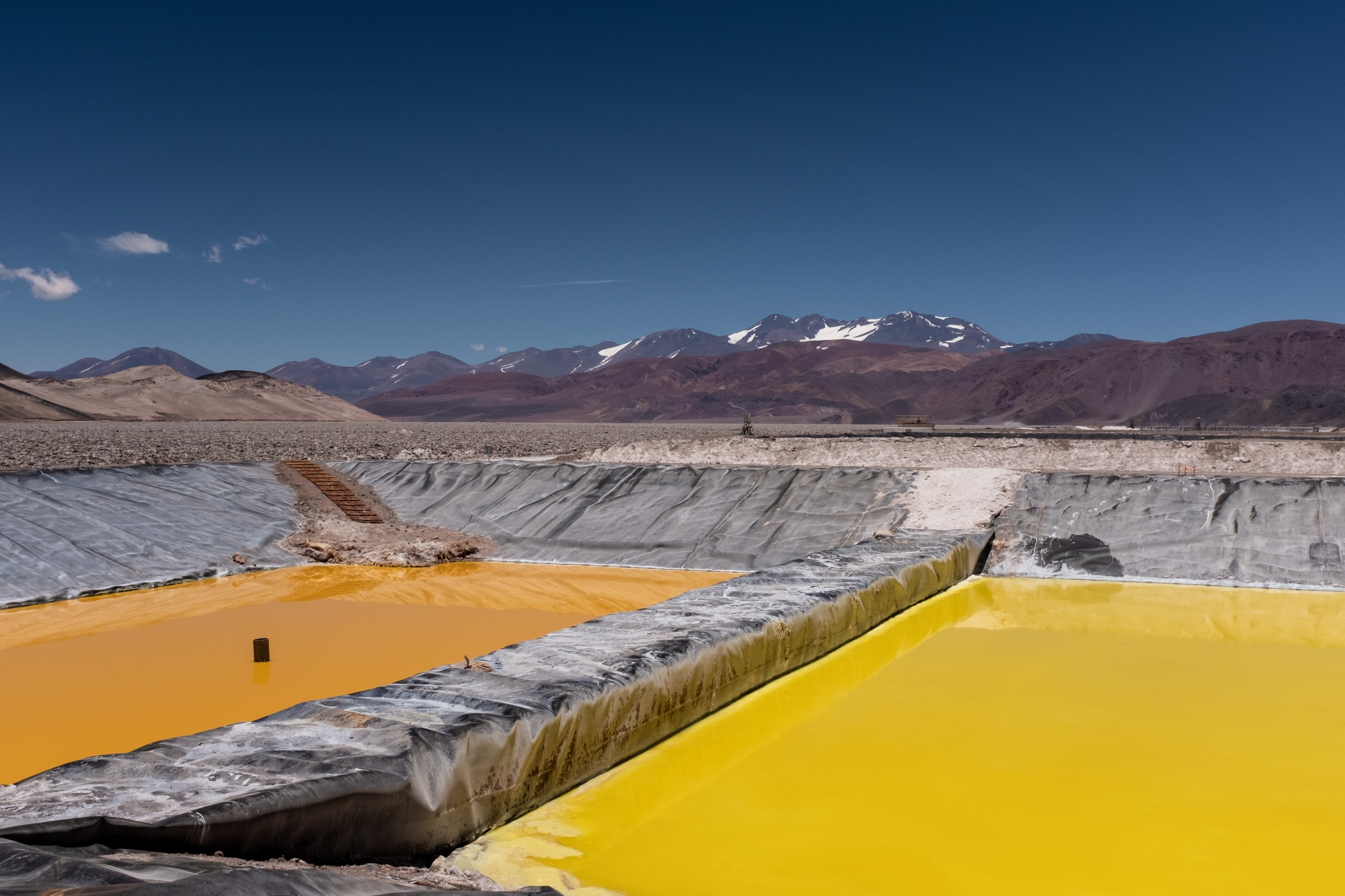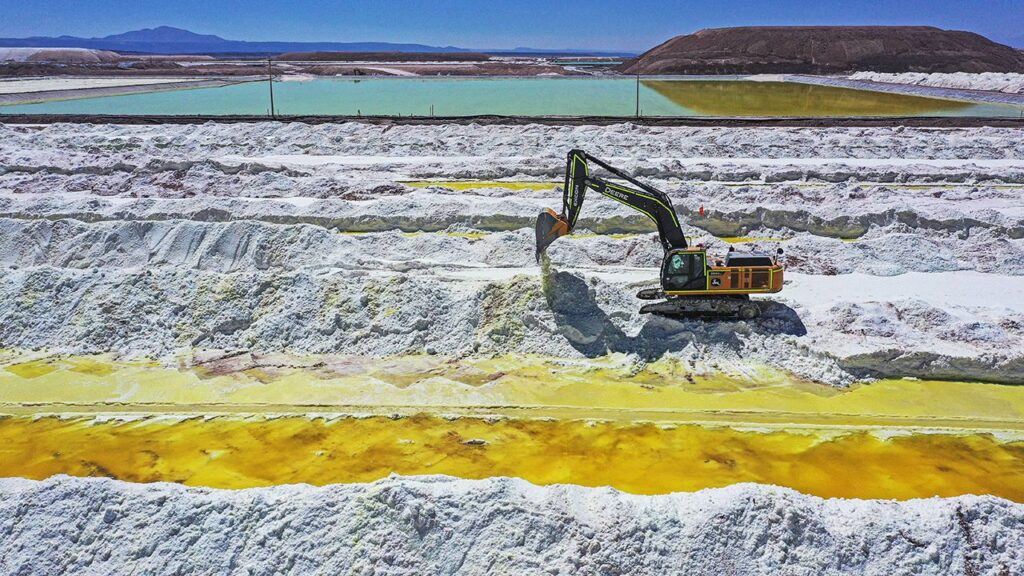Latin America is often labeled as the world’s “trade pipsqueak” due to several key factors that collectively limit its global economic influence. Despite possessing abundant natural resources and a sizable population, the region faces significant challenges that hinder its trade prowess.

Source:- BBC news
Firstly, Latin American countries tend to rely heavily on commodity exports such as minerals, agricultural products, and oil. This reliance exposes them to price volatility in global markets, making their economies vulnerable to fluctuations in commodity prices.
Source:- India today
Secondly, the region struggles with infrastructural deficiencies, bureaucratic inefficiencies, and regulatory hurdles that increase the cost of doing business. These factors contribute to slower economic growth and deter foreign investment, further limiting their capacity to expand trade.
Additionally, political instability and corruption in some Latin American countries create an unstable business environment, deterring international trade partners and investors alike.
Furthermore, regional integration efforts, while ongoing, have been hampered by historical political tensions and divergent economic interests among member countries.
Lastly, geographic isolation and the lack of robust trade agreements with major global economies restrict Latin America’s access to key international markets, inhibiting its ability to compete effectively on a global scale.
In conclusion, while Latin America holds significant economic potential, various internal and external challenges have contributed to its characterization as the world’s “trade pipsqueak.” Addressing these issues through improved infrastructure, political stability, and enhanced trade agreements could potentially unlock greater economic opportunities for the region in the future.
Share your views in the comments

